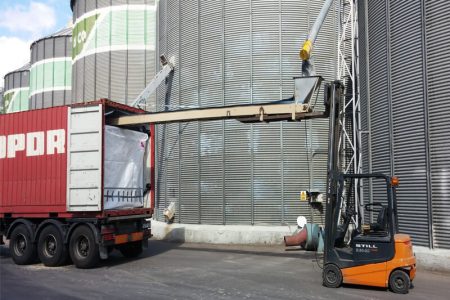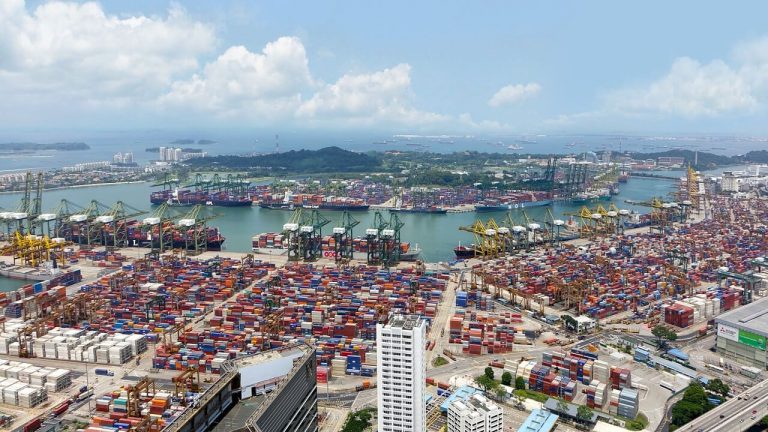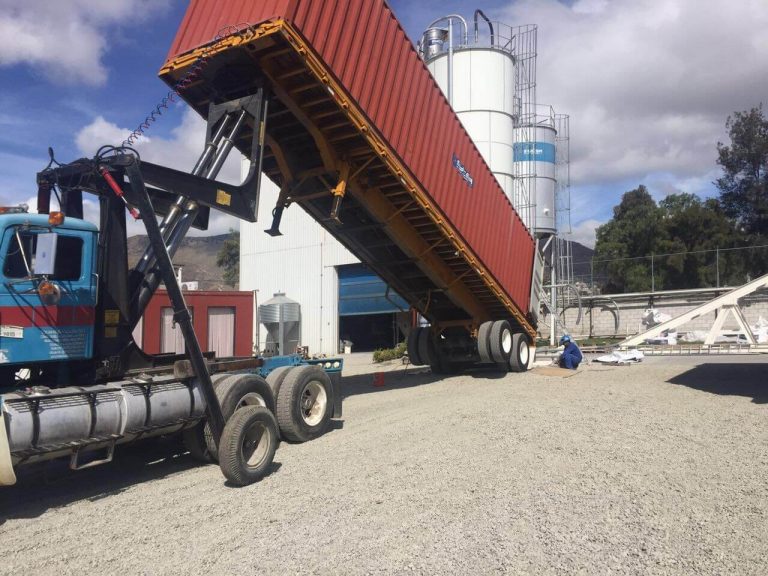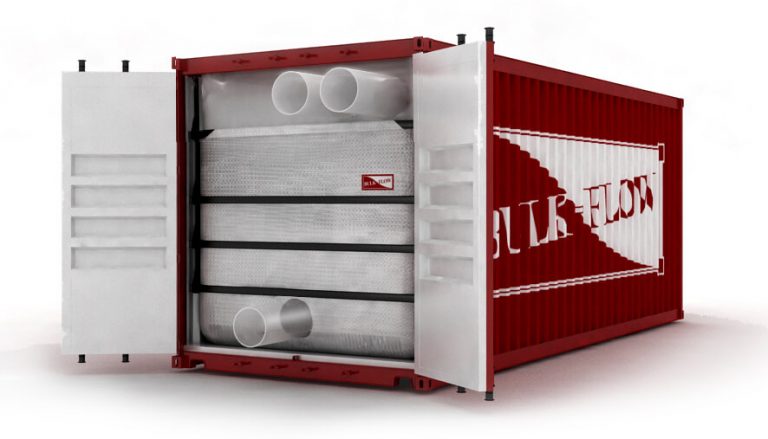Assess loading, transporting and unloading?
Bulk solids loading
There are different types of storage facilities for bulk solids; usually loading proceeds through vertical silos that unload unto silos cisterns and silo bulk containers.

How can the loading process be improved?
Addressing this situation through a professional assessment can say companies and logistic forwarders huge amounts of money and make them very competitive.
Bulk-Flow will study the storage systems and design the ideal loading equipment to implement horizontal loading processes designed to load with standard ISO containers.
Bulk solids are made up of particles which characteristics must be maintained so that the quality of the product is conserved. Not all bulk loading systems can be used to protect the qualities of each bulk solid.
Optimizing bulk payloads in containers, is another important aspect of study, at organizing an ideal loading process. Bulk solids with high angles of repose must be loaded, so that the goods are spread out through the container. Bulk-Flow has designed several loading systems for optimizing bulk loads in sea and intermodal containers.
Transporting bulk solids
Bulk-Flow is working to implement bulk loading processes and liners so that conventional bulk solids transports, such as big bags, ship and hold charterings can be transformed into conventional ISO containers transports with liners.
The possibility of using conventional ISO containers for the transport of bulk solids such as cement or soda ash, opens an all new possibilities where bulk solids become easy to load, unload and to track at all times. An ideal scenario for many products that are sensitive to external elements and are very cohesive.
Bulk-Flow has handling and transporting bulk solids in mind when developing new products.

Unloading bulk solids
Bulk solids have to be processed at ports, train terminals, factories and logistic hubs into silos or maintained in big bags and finally processed into production lines.
Cohesive products with unloading problems, even in specialized cisterns, are very common. Bulk-Flow has designed the Fluidizing Liner and the Tilt-Less Liner especially for these products.
Imagine the added value of being able to standardize the transport and unloading of cement, carbon black, soda ash, aluminum oxide, starch, flour and other hard-to-flow products in standard ISO and intermodal containers.
Bulk-Flow will accompany you in the process from door to door, so the whole process can be implemented through standard sea and intermodal containers.

Packaging of bulk solids
Standard ISO containers have been implemented loading palletized bulk solids in big bags and 25 kgs sacks.
Depending on the final client and the facilities at unloading, big bags and 25 kg. sacks will make handling at destination very expensive in man-hours.
The direct costs of pallets and big bags is around 50% more expensive than a liner. This study does not include the huge handling costs of unloading and handling big bags and sacks on pallets.

In Summary: Loading, transporting and unloading bulk solids is a completely new scenario from loading palletized goods.
Even for the most professional and experienced logistics managers, bulk-solids must be addressed in a professional manner with a company that studies the individual characteristics of each product.
Density, angle of repose, grain characteristics are some of the concepts which must be studied if the bulk solid can be professionally handled and added value can be acquired from the process.
Bulk-Flow offers its clients to take a professional and scientific approach at loading bulk solids.
